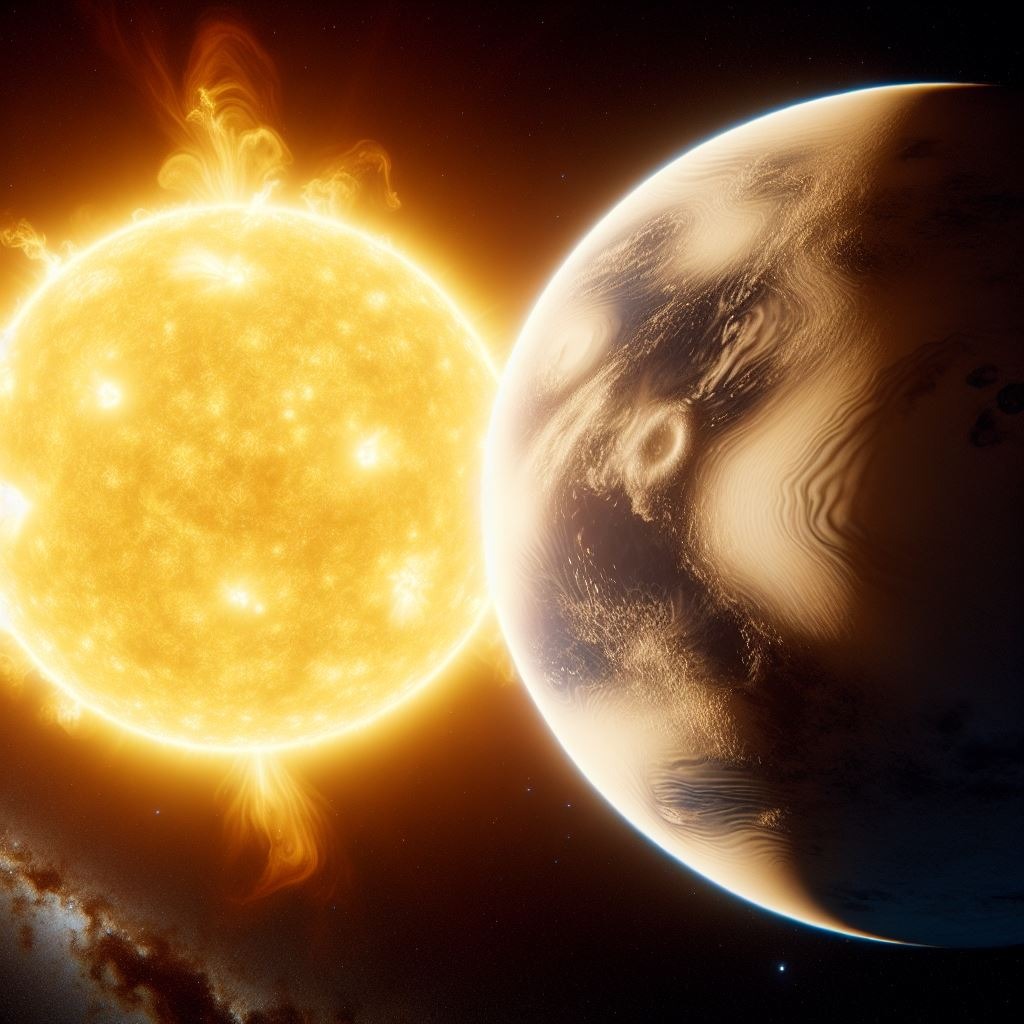
A revolutionary discovery comes from deep space: for the first time, it has been detected crystal-clear water ice in the disc of debris orbiting the HD 181327, a young star similar to our Sun, located about 155 light years from Earth. Confirming the hypothesis, long discussed by astronomers, are data collected by the powerful NirSpec spectrograph of the James Webb Space Telescope.
Published in the magazine Nature, discovery opens a new window on the formation of planets and on the evolution of planetary systems.
Water ice in space: an essential ingredient for life
“It is not just about water ice, but about crystalline ice - similar to that found in Saturn's rings or in the icy bodies of the Kuiper belt in our Solar System,” explains Chen Xie, an astronomer at Johns Hopkins University. The ice detected is mixed with dust in the form of tiny “dirty snowballs”, and may play a crucial role in the formation of the giant planets.
Furthermore, these icy fragments could be transported by comets and asteroids towards rocky planets, potentially contributing to the water supply - and thus to the possibility of life.
A young and dynamic system under the eye of James Webb
HD 181327 is a young star, with an estimated age of 23 million years, much younger than our Sun (4.6 billion years old). It is also more massive and slightly hotter. Webb's observations revealed that the water ice is not evenly distributed in the disc, but is concentrated in the cooler regions far from the star.
Another fascinating discovery concerns the structure of the system: between the star and the disc there is an empty, dust-free area, while the disc itself closely resembles the Kuiper belt, populated by icy bodies and dwarf planets.
“HD 181327 is an extremely active system”, Chen Xie further emphasises. “Collisions between icy bodies are frequent and release very fine ice particles, which are perfectly visible thanks to the sensitivity of the Webb telescope.”